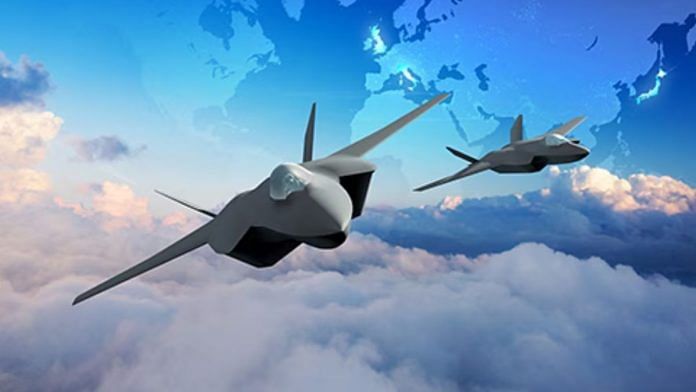New Delhi: Buoyed by the massive push of the Japanese government on defence expenditure, major arms companies are shifting their businesses to Japan from other parts of Asia like Singapore.
Companies like American aviation giant Lockheed Martin have already shifted their Asian Operations completely to Japan from Singapore, while British aerospace and arms company BAE Systems are planning to shift their supervisory functions for its Asian operations to Japan from Malaysia, reported Nikkei Asia.
One reason for this shift is Japan’s efforts to boost its defense industry in view of growing tensions in East Asia. The three main threats it sees in the neighbourhood as posing substantial security worries are China’s rising assertiveness, North Korea’s unpredictable military operations, and Russia’s aggression, illustrated by the invasion of Ukraine.
In late 2022, Prime Minister Fumio Kishida’s government had approved three policy documents — the National Security Strategy (NSS), the National Defense Strategy, and the Defense Buildup Programme — which proposed a significant expansion of Japan’s military capabilities and a major increase in military spending over five years.
The Japanese government released the 6.8 trillion-yen ($52 billion) 2023 budget for the Japanese Self-Defense Forces (SDF) in December 2022.
According to Statista, Most of the military equipment of the SDFA is manufactured domestically by conglomerates such as Mitsubishi Heavy Industries (MHI). The rest of the technology and equipment is purchased from the US via Foreign Military Sales — a trend Japan is trying to change now.
The reforms in Japan’s defence policies have worked in favour of companies who are now shifting their operations.
For Lockheed Martin, Japan is now a big market now. The Japanese government had in 2018, in a $1.2 billion deal, chosen Lockheed Martin radars to build two ground-based Aegis ballistic missile defence stations, meant to safeguard the country against North Korean missile strikes.
Also, Japan’s Ministry of Defence (MoD) has reportedly chosen Lockheed Martin to support prime contractor MHI in developing the F-X next-generation fighter aircraft for SDF.
Lockheed Martin’s Singapore office oversaw these operations in Southeast Asia, but now it will monitor its South Korean, Taiwanese and other markets from Japan.
The governments of UK, Japan and Italy had stated in December 2022 that they would work together on a new Global Combat Air Programme (GCAP) to design, develop and produce a next-generation fighter aircraft.
UK’s BAE Systems, Leonardo, MBDA, Rolls-Royce, and its ministry of defence, Japan’s IHI Corporation, Mitsubishi Electrics and Mitsubishi Heavy Industries; and Italy’s Avio Aero, Elettronica and Leonardo are all part of this joint effort.
“After transferring its supervisory functions for the Asian market, BAE will increase the number of employees at the Japanese subsidiary to reinforce its business foundation,” Nikkei Asia added in its report.
Media reports show that earlier in June, the Japanese government had announced that to lower maintenance costs and enhance economic prospects for Japanese military industries, Japan plans to integrate the requirements for domestically made defence equipment with those of the US and Europe.
The French company Thales, which partners with Mitsubishi to develop and produce items like mine detectors, intends to hire more people in Japan.
This would prove to be profitable for both companies and Japan as businesses engaged in the research and manufacture of military goods will have additional prospects for growth if both the export and import of defence equipment is increased.
(Edited by Zinnia Ray Chaudhuri)
Also read: Brazil’s Embraer eyes mega transport aircraft deal with IAF, in talks with HAL, private players






